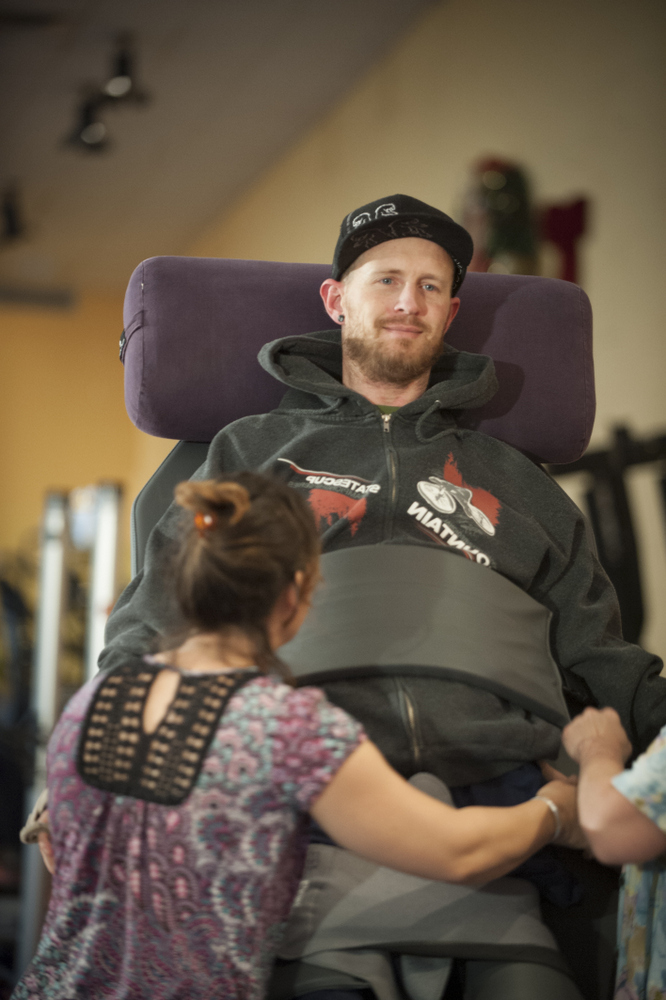Access to the many facets that promote neuro-recovery
Adam Lavender helps us understand the complexities in his life and journey towards neuro-recovery after sustaining a high cervical spinal cord injury four years ago.
Perhaps the greatest challenge facing the devotee of one’s own neurological recovery is access. That is…
- access to the information that is fundamental to our daily survival; and often
- access to the daily assistance of others to meet our most basic of needs;
- access to basic transportation in our community;
- access to Healthcare Services, and durable medical equipment that help us keep our heads above water;
- access to clean water and food sources to avoid chronic deficiencies in our bodies that perpetuate our struggles to heal; and
- access to love and support from those who relate and those who care about us, that we may be inspired to press on despite the gravity of the trials and tribulations that lie ahead.
And if we are ever-so-lucky to have access to all these things? Then…
- access to therapists, therapies, and technologies that allow us to truly thrive and begin to recover our access to otherwise impaired body function, and access to a fruitful and joyful quality of life — are unfortunately not available to the majority of us. Yet.
For those of us that are fortunate enough to have access to leading recovery technologies and therapies, we carry a torch for those who lack access, and for those whose life-altering circumstances have yet to occur. There naturally comes a sense of responsibility to those who are unable to explore their potential recovery due to lack of access.
Fortunately, there are many compassionate souls out there working on our behalf, and the evolution of neurology continues to advance. As it advances, it is offered to us often through charity based organizations and special individuals who, at their own expense, reach beyond their own personal circumstances and champion the cause for us all. The Bridging Bionics Foundation is one such organization, and our local affiliate continues to provide access to recovery opportunities for those in need. It’s establishment, fundraising, and administration has been shouldered by one such champion, Amanda Boxtel, between her many contributions both locally and to the neuro-recovery community as a whole. Another advocate and supporter is Kelly Hayes and his Race2Walk2016 campaign to raise awareness and funds by traveling the world over in a unique decathlon challenge involving track running events at the respective venues in which each world record was once set.
With all this in consideration: It is both, for me, an honor and quite humbling to be a participant in, and an ambassador for, the Bridging Bionics Foundation.
As a participant for the last 10 months, access to our local program has allowed me to magnify and transform my recovery from maintenance and small incremental improvements, to large leaps in strength and neuro-recovery that I was originally given no hope to attain in my prognosis as a C4 incomplete spinal cord injury. Now I find myself looking forward to the ski season and taking my first mountain bike rides in the mountains again next summer.
As an ambassador for Bridging Bionics, I look forward to helping broaden access for those in need, and to carry the torch for those who aspire to take command of their own recovery, and for those whose imminent recovery has yet to begin.
And hopefully, one fine day, we will find the opportunity to fully access and enjoy the privileges of the able-bodied.
By Adam Lavender

